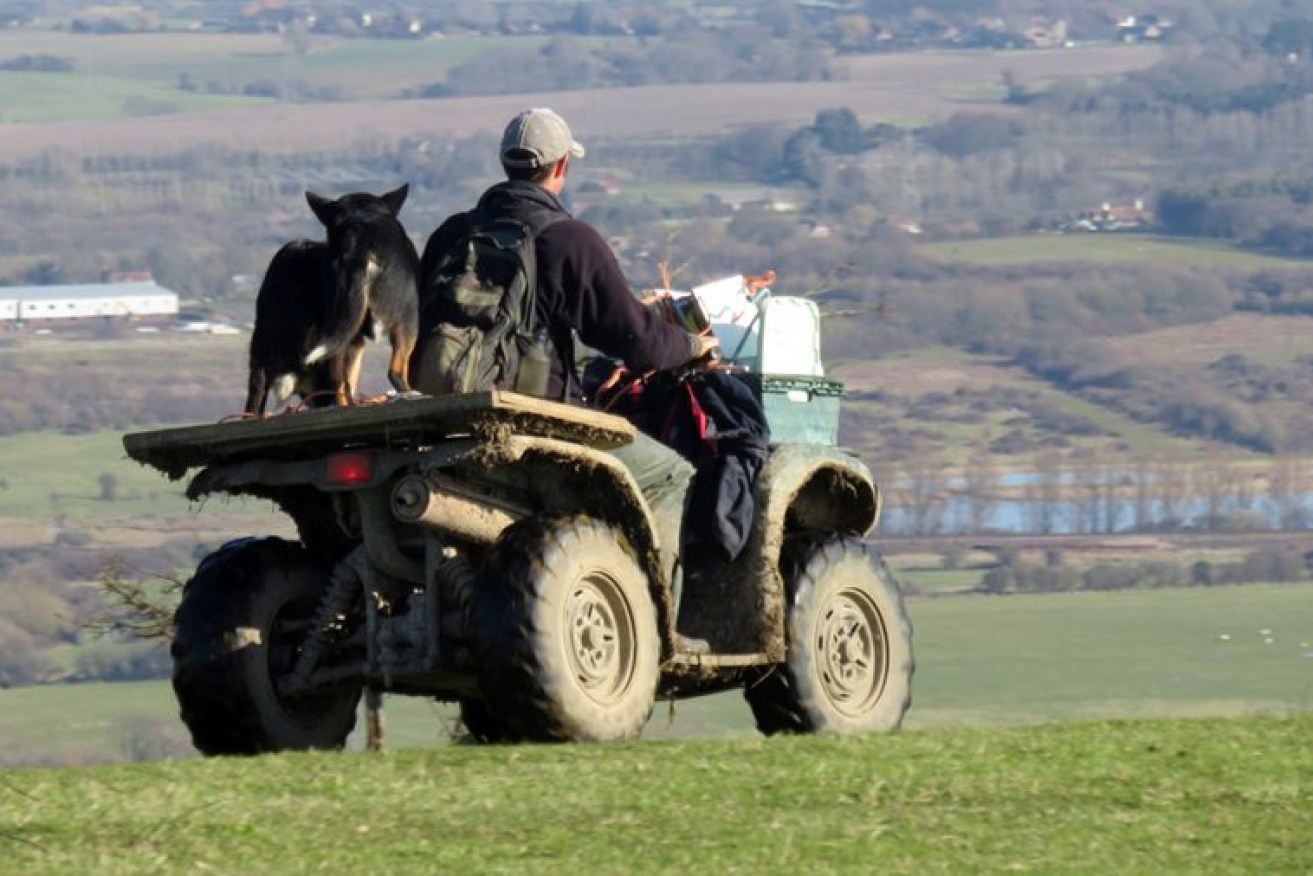Bitter harvest: Shocking stats that put rural kids in front line of farm fatalities
Farming remains the second most dangerous occupation in Australia, with on-farm fatalities barely shifting in more than a decade.


(File image).
The National Farmers Federation has a plan to reach zero fatalities on farms within the decade in a bid to create a $100 billion food and fibre industry by 2030.
So far, progress towards that goal has been slow compared to other industries such as mining and construction which have made huge strides towards safer workplaces in recent years.
Long-haul truck driving is still regarded as Australia’s most dangerous job.
But as the statistics show, accidents on farms are not only limited to the adults in charge.
Nearly one in six, or 15 per cent of fatalities on a farm are children who are under the age of 15.
More than half (56 per cent) had no active supervision by an adult at the time of the incident.
The grim numbers have been revealed as part of National Farm Safety Week, an annual event by Farmsafe Australia to shine a spotlight on Australia’s second riskiest business.
This year’s campaign highlights the key safety risks that are most prevalent throughout the life of a farmer, aligning with the theme: ‘Farm Safety Through the Ages – From 2-92’.
Farmsafe Australia executive officer Stevi Howdle hopes that by providing greater access to information and sparking conversations around farm safety, it will reduce the likelihood of injury, illness and fatalities associated with agricultural production among all generations.
She said children were natural learners who mirrored the behaviours of their role models.
“There is no doubt that our children love to be involved in the everyday work on a family farm, and it is a wonderful opportunity for personal learning, and growth,” Howdle said.
“But what our farming communities must do better is construct a safer, and less risky environment that supports this growth through active supervision by a responsible adult and age-appropriate activities.
Howdle said farm safety was about better childhood education that explained to children why they were unable to participate in certain activities or be situated in specific areas of the farm.
“By setting clear and consistent boundaries, such as safe play areas, ‘no-go zones’ and instilling a ‘safety always’ culture, farming families can immediately improve the environmental safety at every stage of growth, without dampening the enjoyment of a rich farming lifestyle,” she said.
“We need to allow kids to be kids on farm, while ensuring they’re as safe as possible. It’s a real balance.”
Farmsafe Australia chair Charles Armstrong said the campaign was not about restricting families who live and work on farms.
“It’s about embracing everything a life lived on the farm can offer, while minimising the risk of injury,” he said.
“We are focused on making safer farms an intergenerational topic of conversation in every rural community.
“The number of farm related fatalities in this country has not shifted dramatically in a decade, so there has never been a more important time to discuss how we can make Australian farms a safer place to live and work.
“By improving the availability of information on hazards, risk factors and practical safety solutions, we want to ensure all communication between agricultural representatives, farmers, government and other stakeholders is active, consistent and productive.
“It has never been more essential to develop a ‘safety culture’, while alleviating the pressures of farming life, across all generations within rural communities.”








